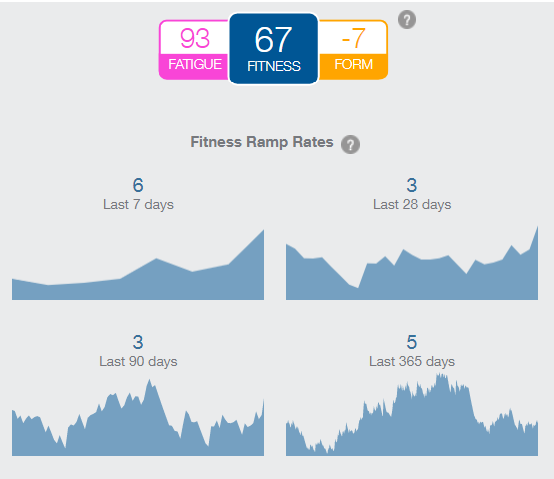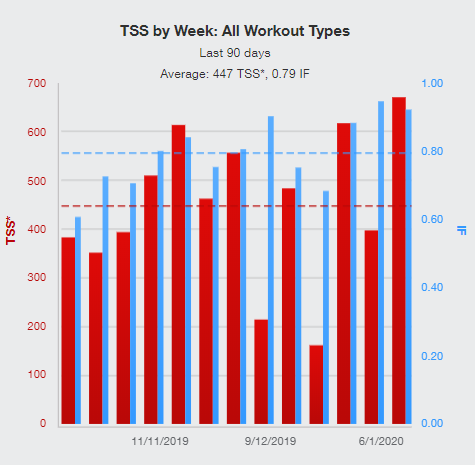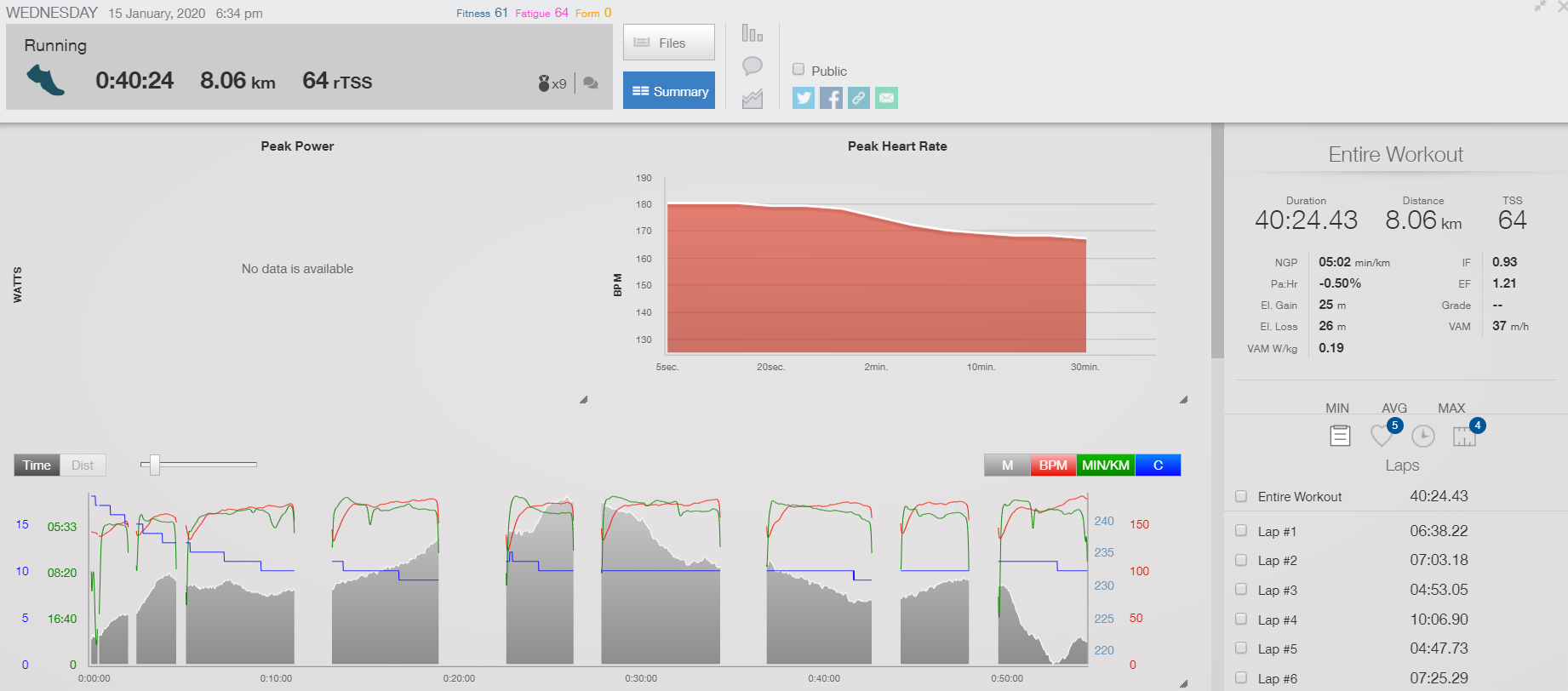Winter Running Guide: Essential Tips for Staying Warm and Safe
Introduction: As the temperature drops, many runners might be tempted to take a break from their outdoor routines. However, winter running can be an exhilarating and rewarding experience with the right approach. In this post, we’ll share essential tips to help you stay warm, safe, and motivated while running in the colder months.

1. Layer Up Smartly: Dress in layers to trap body heat and allow for adjustments based on your warmth and exertion levels. Start with a moisture-wicking base layer, add an insulating layer, and finish with a windproof and waterproof outer layer.
2. Protect Your Extremities: Your hands, feet, and ears are more susceptible to cold. Wear gloves or mittens, thermal socks, and a warm hat or headband to protect these sensitive areas.
3. Choose the Right Footwear: Opt for running shoes with good traction to handle slippery surfaces. Consider waterproof shoes to keep your feet dry, or use gaiters to prevent snow from entering your shoes.
4. Be Visible: With shorter daylight hours, ensure you’re visible to others. Wear reflective gear or a headlamp to make yourself seen in low-light conditions.
5. Warm-Up Indoors: Do your warm-up routine indoors to get your body temperature up before heading out. This reduces the shock of the cold and decreases injury risk.
6. Stay Hydrated: You may not feel as thirsty in the cold, but staying hydrated is crucial. Drink water before, during, and after your run.
7. Adjust Your Pace: Winter conditions may require a slower pace or shorter strides. Focus on maintaining a consistent effort rather than hitting specific speed goals.
8. Listen to Your Body: Pay attention to your body’s signals. If you feel too cold, experience numbness, or have difficulty breathing, cut your run short.
Conclusion: Don’t let the cold weather put a freeze on your running routine. With these tips, you can continue to enjoy your runs and stay in shape throughout the winter. Embrace the chilly challenge and discover the unique joys of winter running!
Training Peaks
I’ve been using Training Peaks for several years. Since I signed up with a coach last Fall, he also uses it to input my training plan. I figured I’d share some of the common metrics I look on a weekly or bi-weekly basis.
Fitness Ramp Rates
Without going into much detail, Training Peaks measures fitness as Chronic Training Load (CTL). So CTL = Fitness.
The ramp rates show how your fitness is trending over time. So this diagram shows that over the past 7 days, I’ve increased my fitness by 6 units ( I had a heavy week of training); and over 28 days fitness has increased by 3 units, etc… This makes sense as I had a lot of missed workouts over the past months due to illness. Compared to last year, I’m up 5 units, so that’s good news in my opinion

TSS by week
TSS is Training Stress Score. It represents how much load you are placing on your body. In the graph, TSS is represented by the red. As you can see, I just came off a week of heavy load. In fact, the most since October.
It’s at this point that my coach will probably start to ease up on the training plan so that my body can recover and my CTL will then increase. I also take this as a warning to start to take care of myself (rest more, eat better, take my supplements) so that I can recover.

Activity Analysis

Ok there is a lot data in this chart, but I only really look at some key values.
Pace – is pretty self explanatory. Depending on what type of run session, you either increase or decrease the pace.
NGP – is normalized graded pace, it takes into account changes in grade and pace. It’s considered a more accurate measure of how your body reacts to pace.
Pa:Hr – I also look at cardiac drift, represented as Pa:Hr. The idea of cardiac drift is that during a workout, over time your heart rate will gradually increase. The lower this increase, the better your cardiovascular system is – below 5% is considered good. This is a good number to look at during your base building phase .
IF – Intensity Factor, this measures the % of your threshold pace. Depending on your coach, he might make you run at certain percentage.